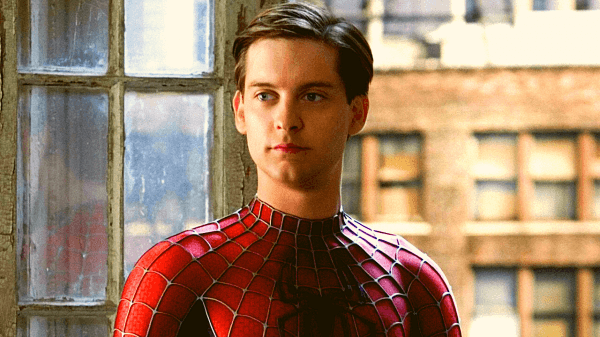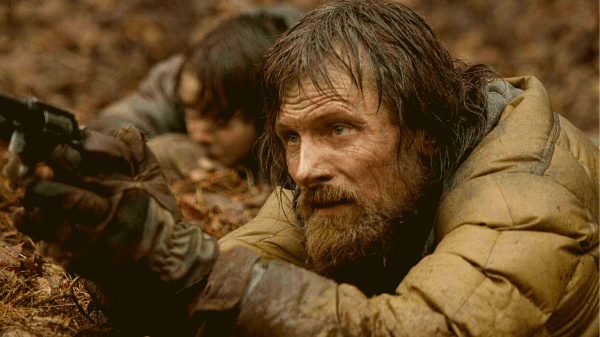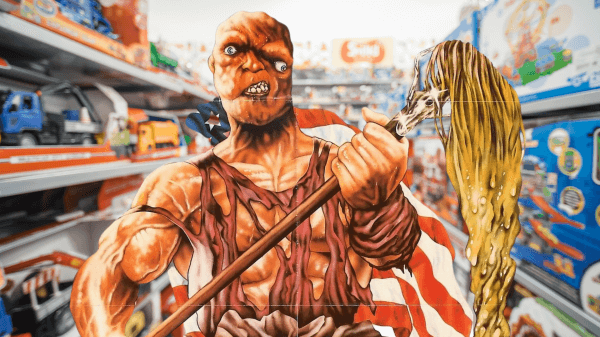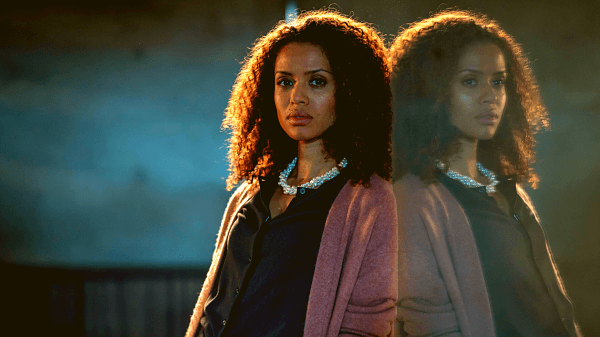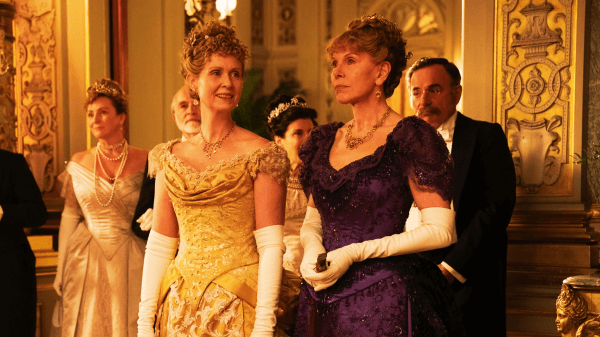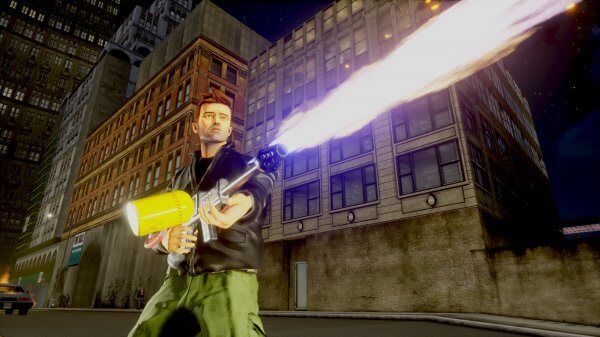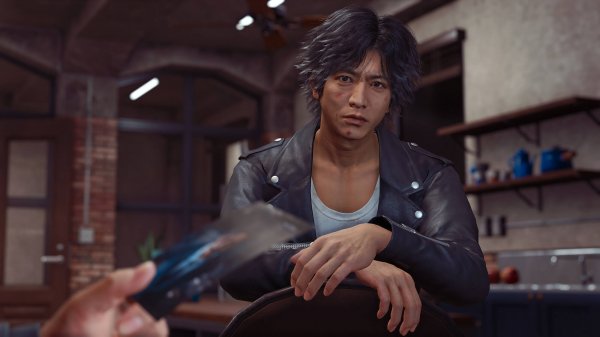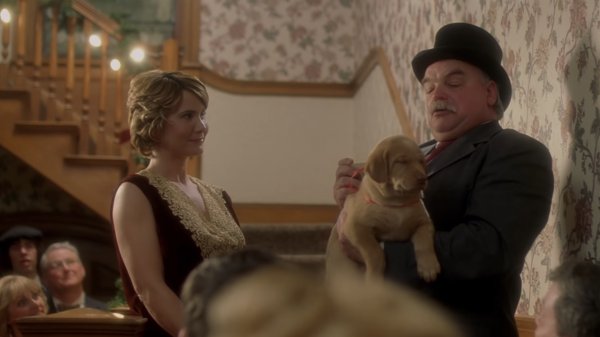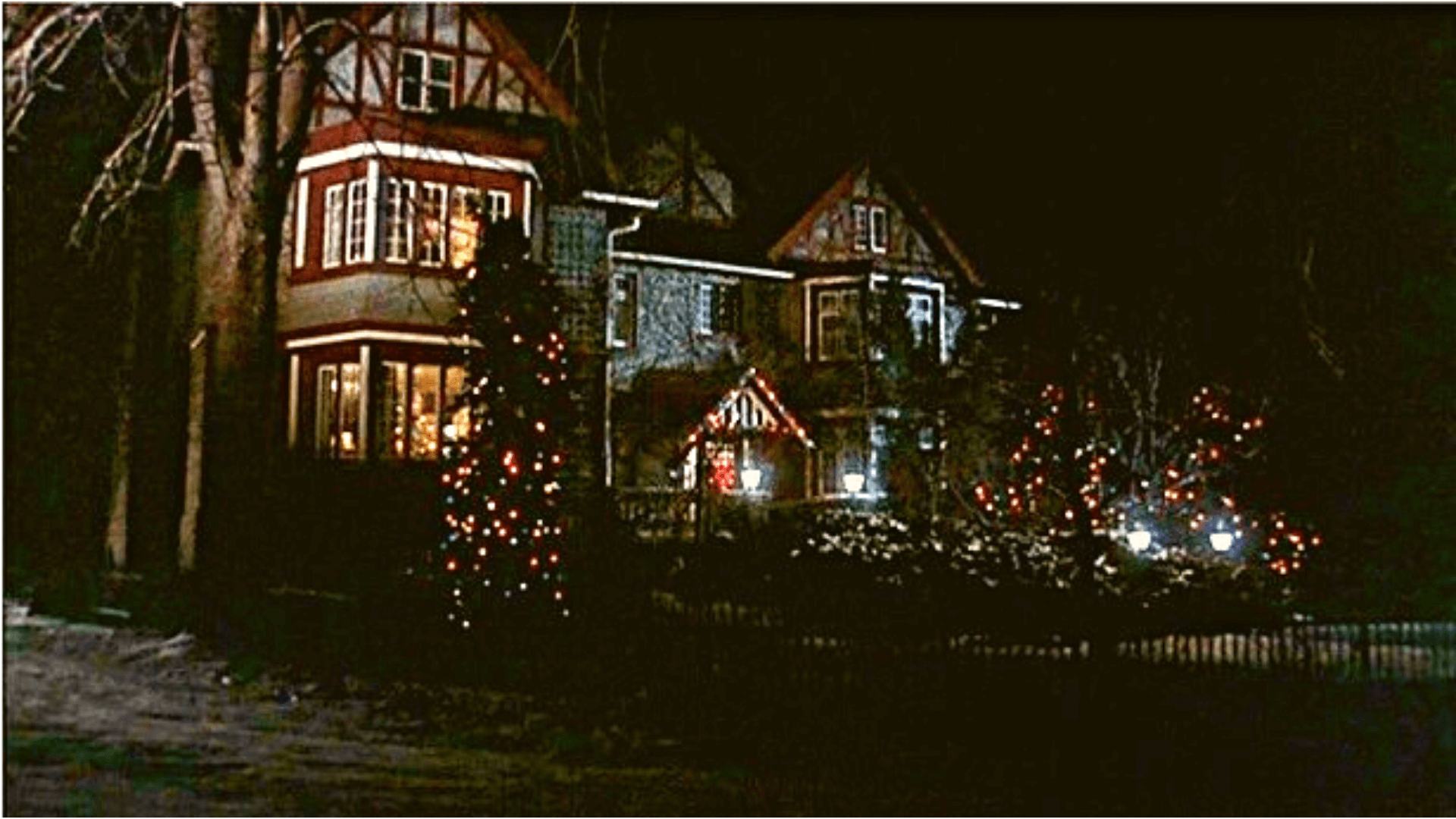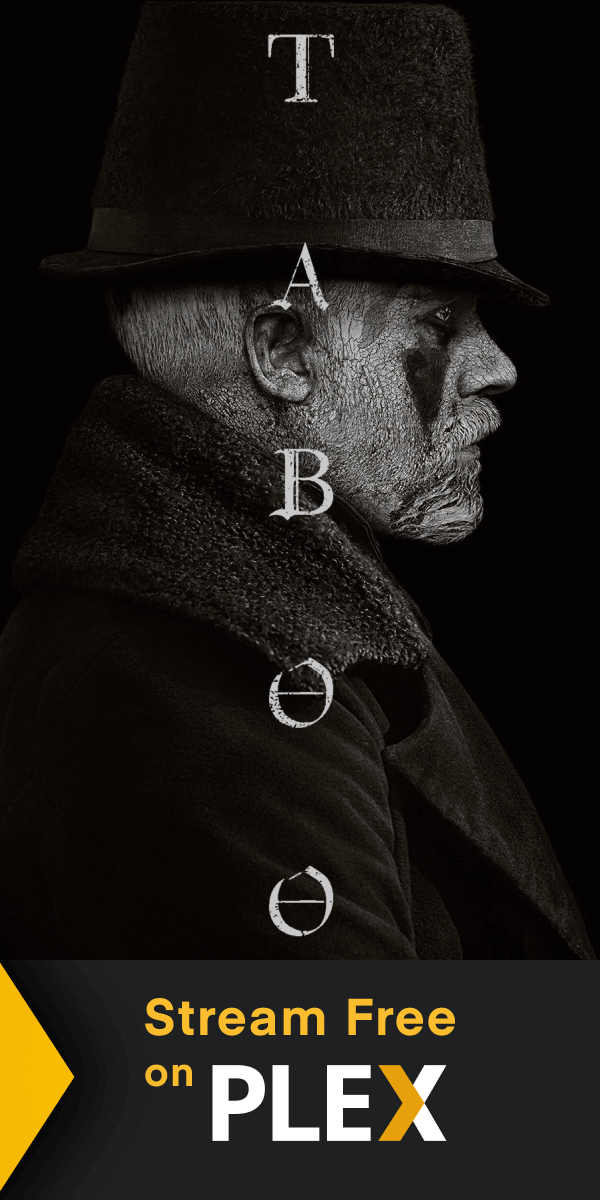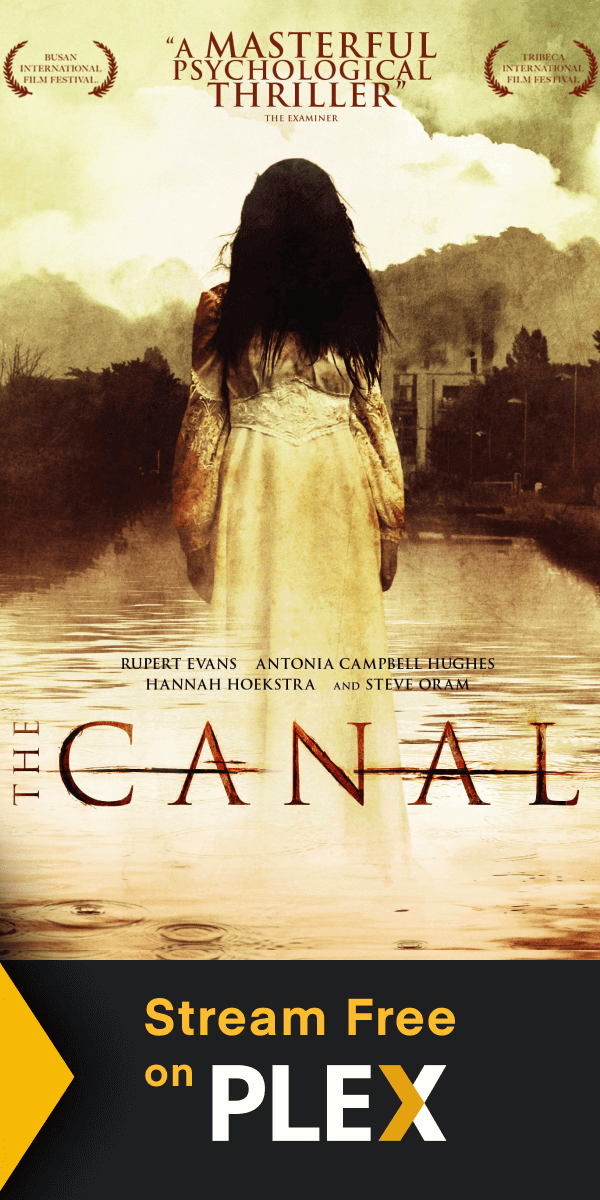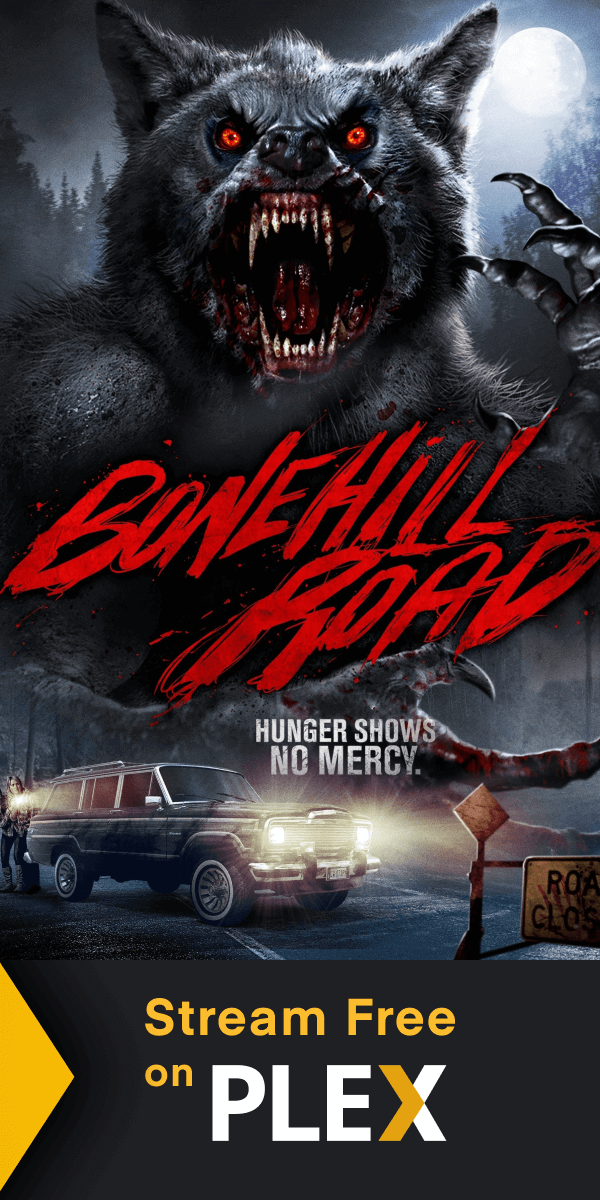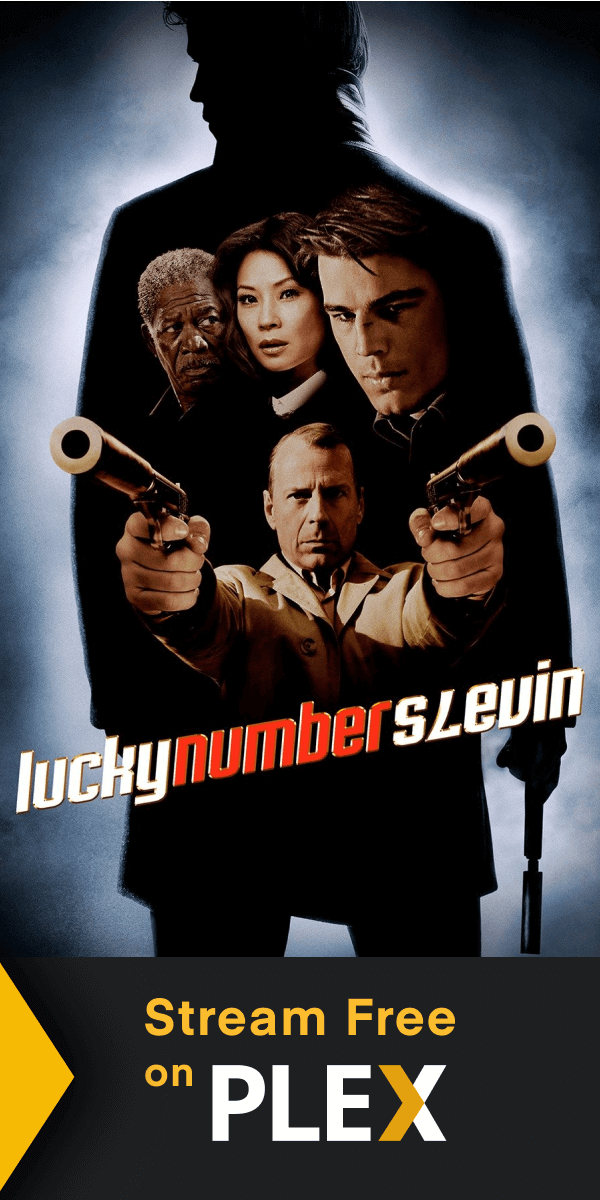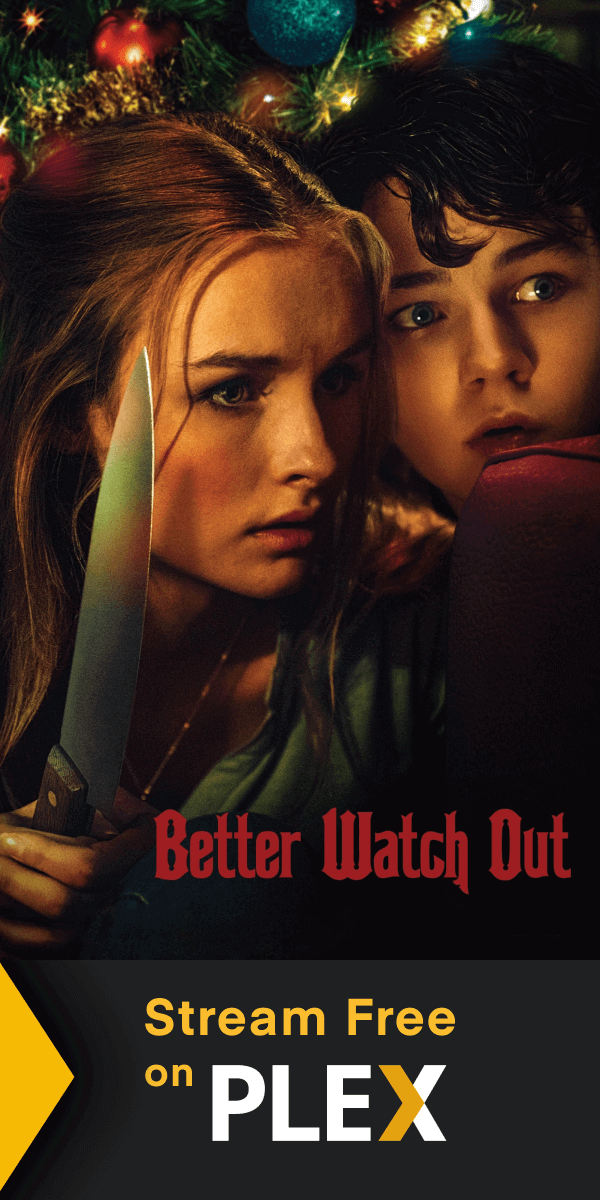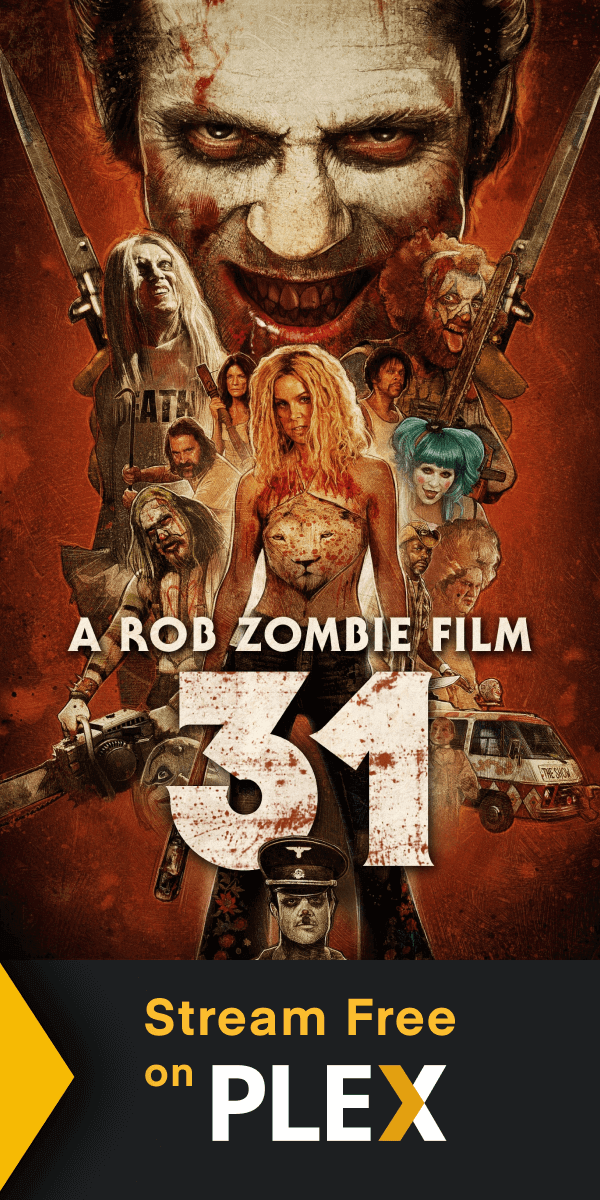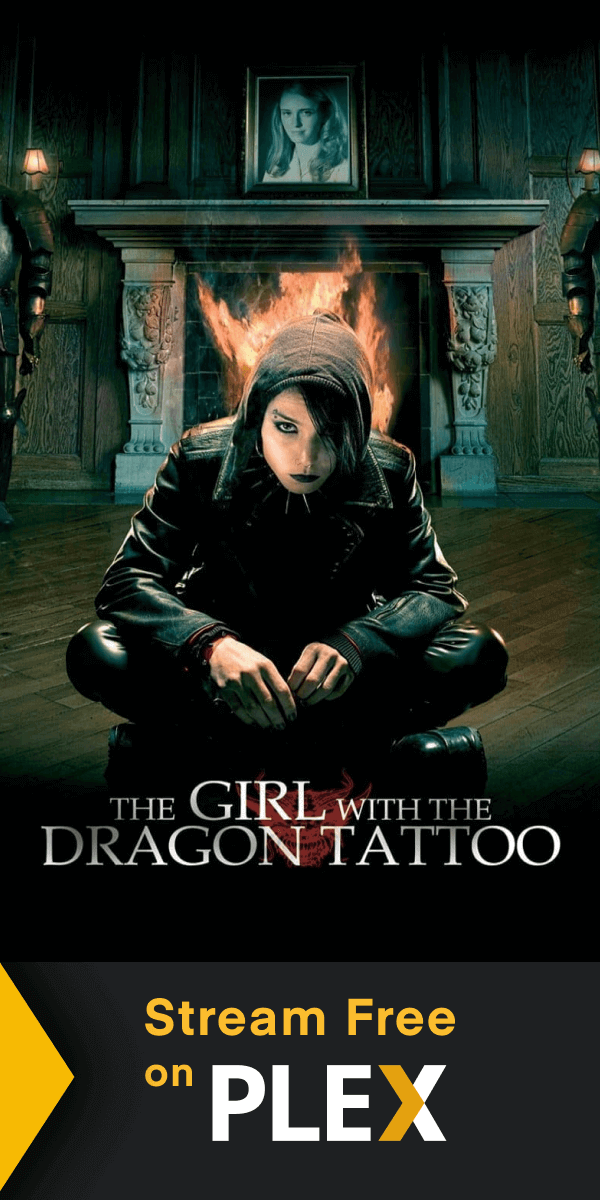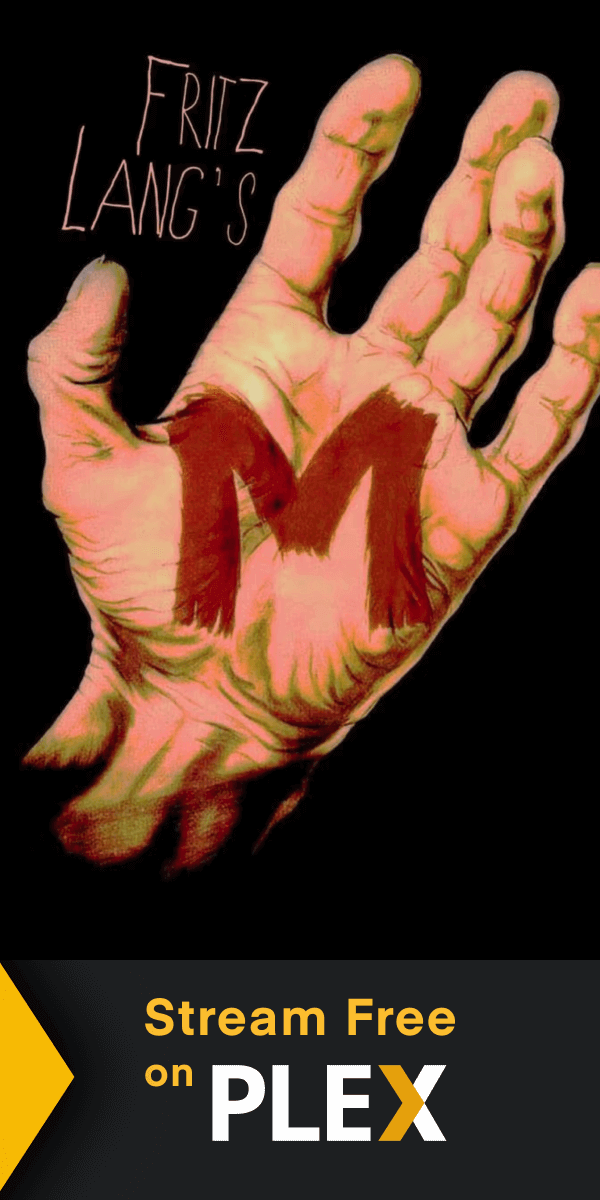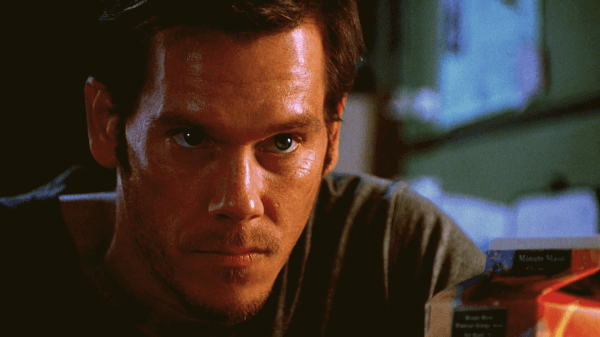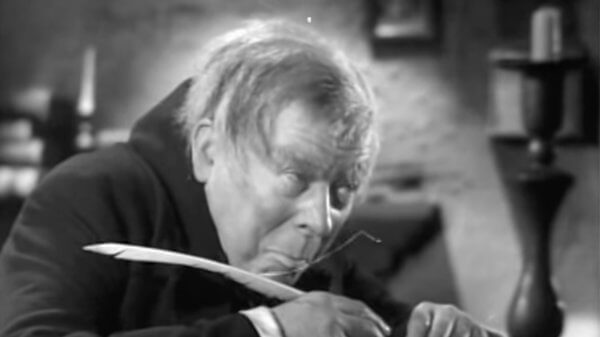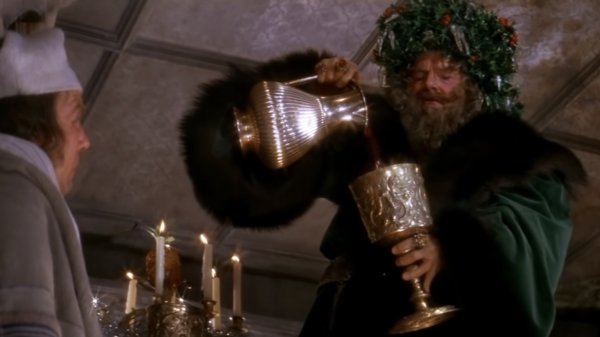Clare’s corpse is at the window in the attic. This is not a surprise. It’s been sitting there for days, in the rocking chair, with the plastic bag that strangled her still clinging to her face. There’s a doll in her lap, though you maybe can’t see it from the street. You maybe can’t see Clare from the street. Or anyway you might not know that that’s not Clare, anymore.
By far the most horrifying thing about Black Christmas is how openly its killer goes about killing. By “openly” I don’t mean that he’s brazen, or cocky, or defiant. What I mean is that despite his frenzied, hateful telephone calls to the women of the sorority house where he’s taken up secret residence, there’s a very simple method to his awful acts. Billy gets away with it all by taking advantage of the strange, timeless period at a college when the end of the year and its string of holidays mean the breakdown of the semester’s rhythm.
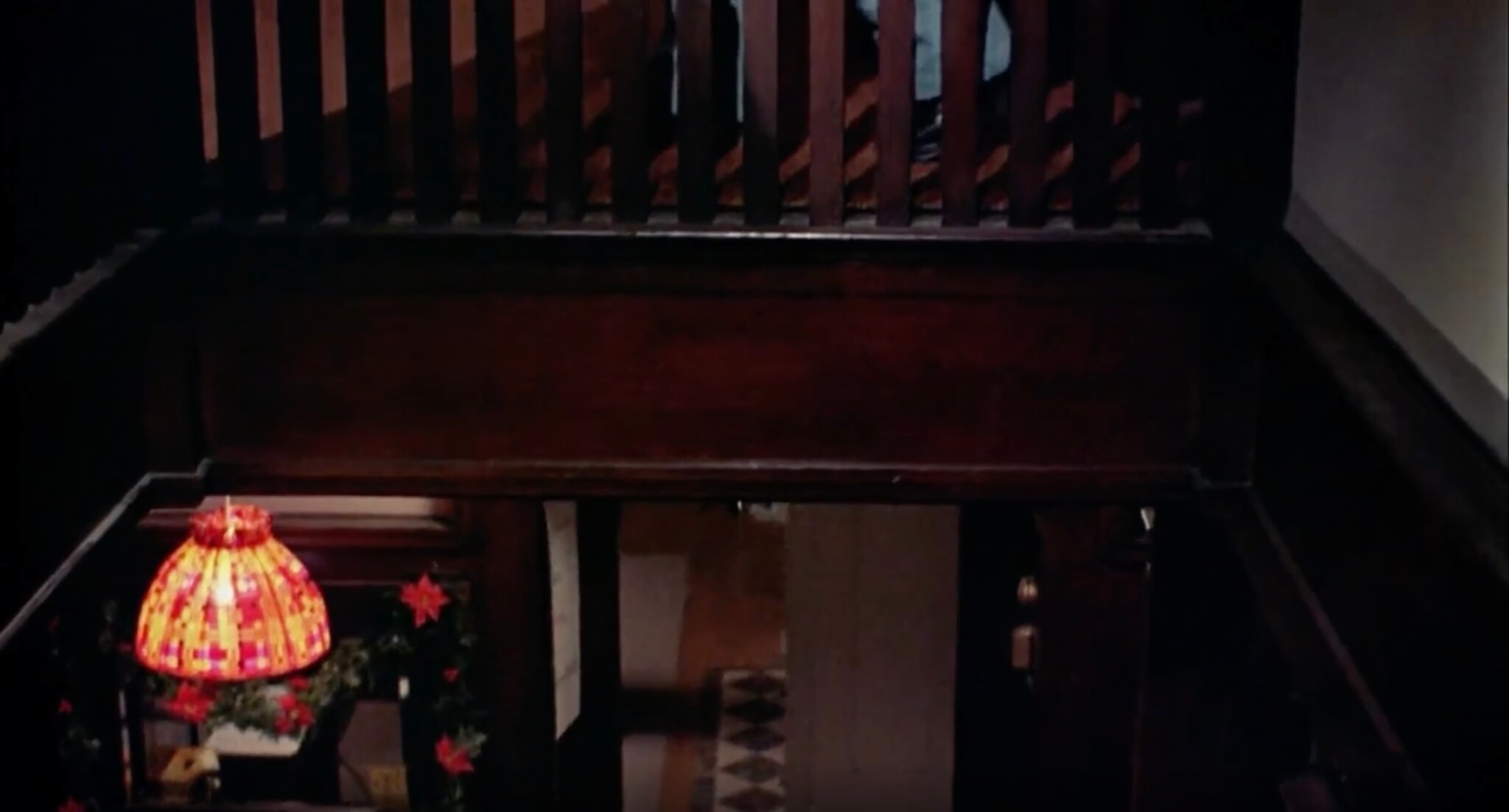
Every sorority sister still in town is on the first floor enjoying a holiday party, so no one notices or thinks to notice the presence of a stranger upstairs. Billy’s sexually abusive calls are a distraction from his movements as much as they are an unsatisfying outlet for an unexplained problem. It’s too hideous to believe that the calls could be coming from inside the house. That’s just a scary story cliché. It’s not something that really happens.

Black Christmas itself is an active participant in Billy’s subterfuge. We see him plenty of times, only never enough of him to be sure of who he is. The camera catches him at the railing from the knees down — then pans away as he walks out of frame. He sits right in front of us just outside the sorority house — cast in perfect silhouette. It’s a challenge just to see him, although you know he’s there. Billy flits among the house’s many shadows almost like a specter. His crazed eye is one of the few signs he’s of our world after all.
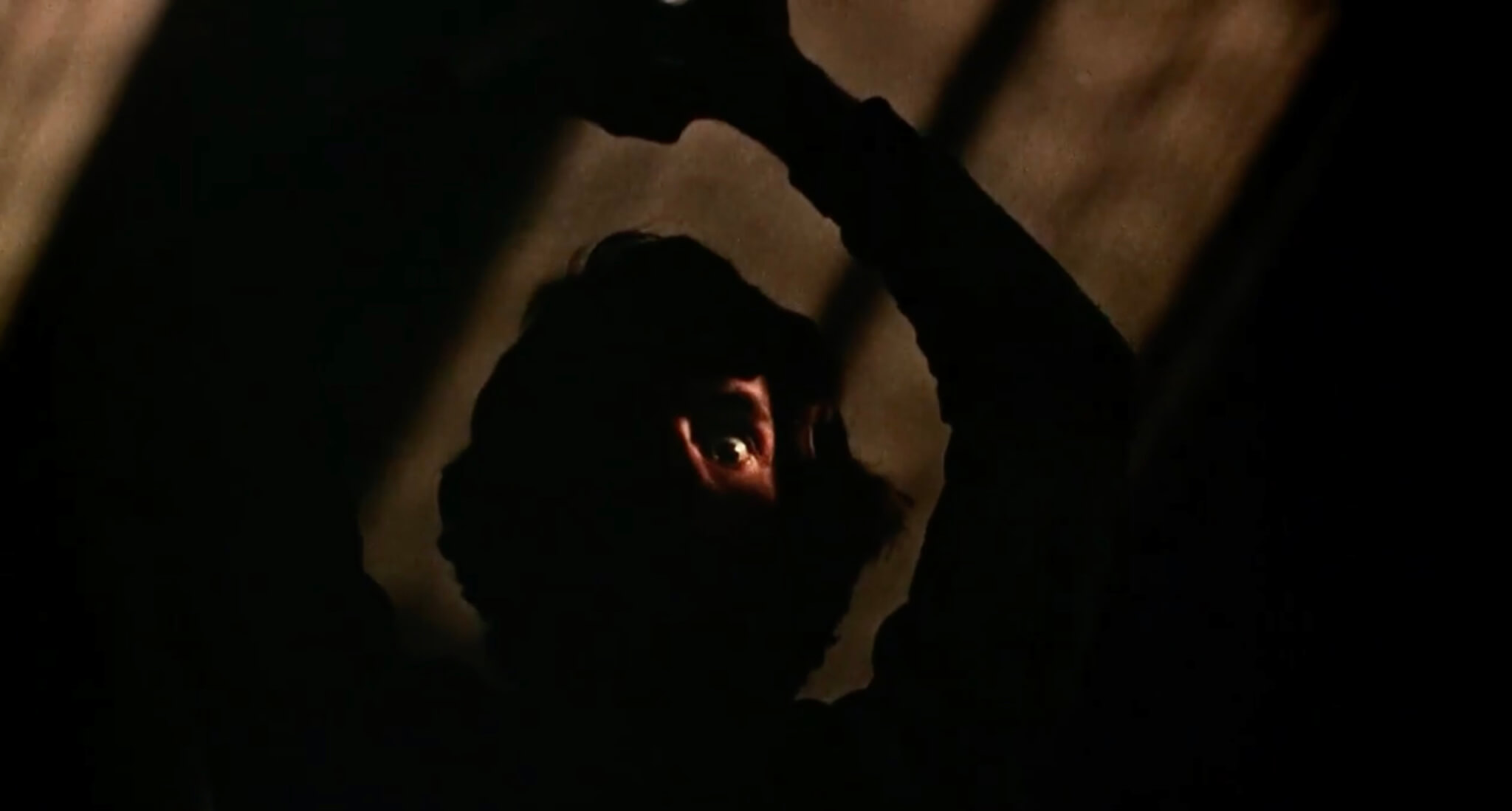
The eye appears again, very late in the film, in one of Black Christmas’s most famous shots. The Shining’s “Here’s Johnny” scene owes a debt to Bob Clark’s film, released six years before Kubrick’s. The telltale difference, however, is in more than just the extent of the reveal. The reveal of Jack Torrance’s face at the hole he’s chopped in a locked door is frightening and his iconic line darkly comic precisely because we’ve watched Torrance descend into intoxicating madness. Black Christmas would gain nothing by revealing Billy’s full face. His features are meaningless in that showing us exactly what he looks like would do nothing for the audience nor the women he attacks. Billy isn’t a recognizable character. Nobody knows Billy. It’s impossible to know him.
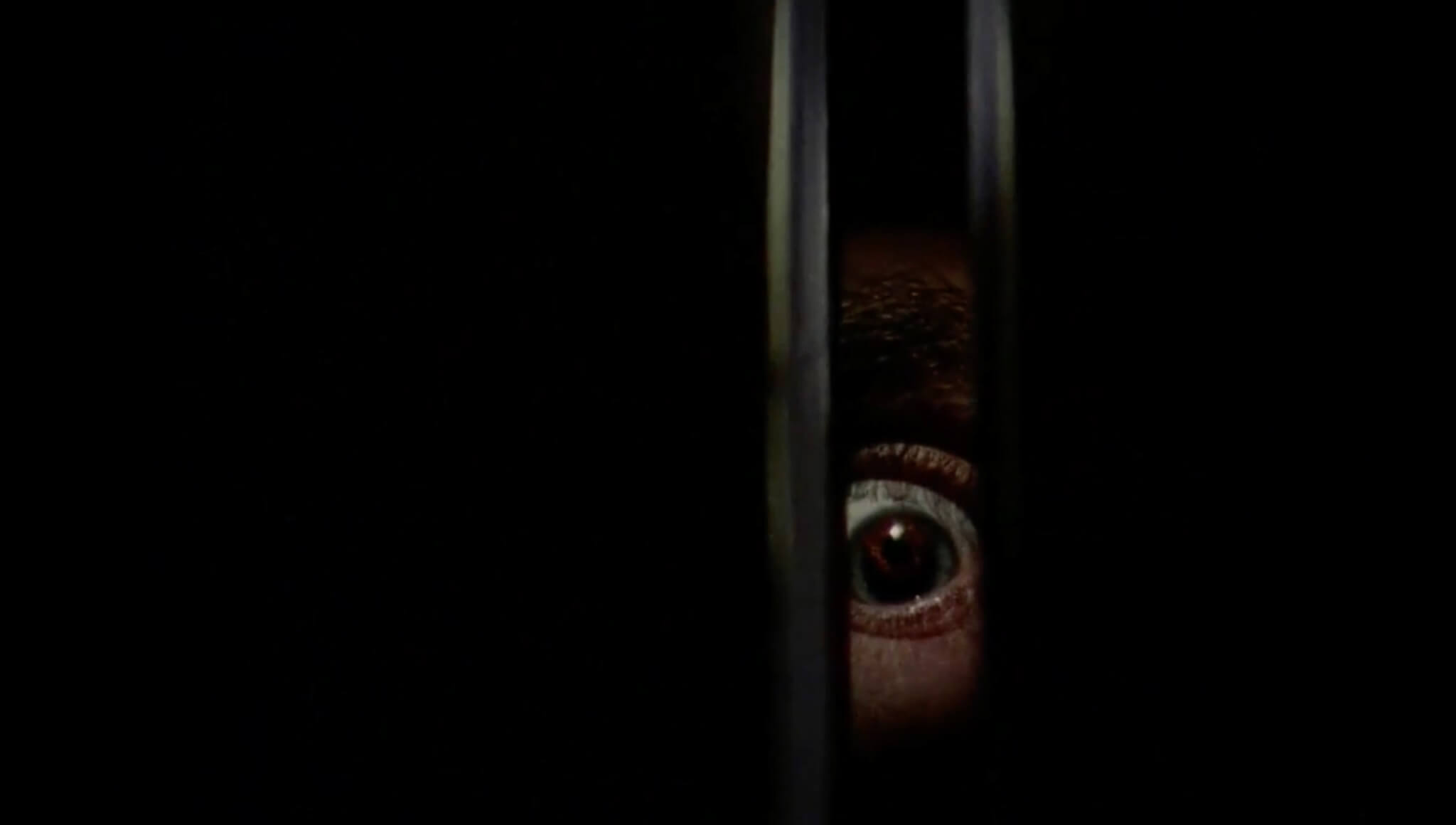
This seems designed less so that the audience can project its fears upon him and more to confront the audience with the futility of its own expectation. There will be no justice for Billy, so there’s no need for us to be able to identify him. Ignoring what in the real world would be crucial information is Black Christmas’s way of demonstrating that its intentions lie elsewhere. And when you contrast these brief images of Billy with those of other characters in crucial moments, you start to realize just how much of this movie takes place behind long shadows, in dim places or overlooked ones.
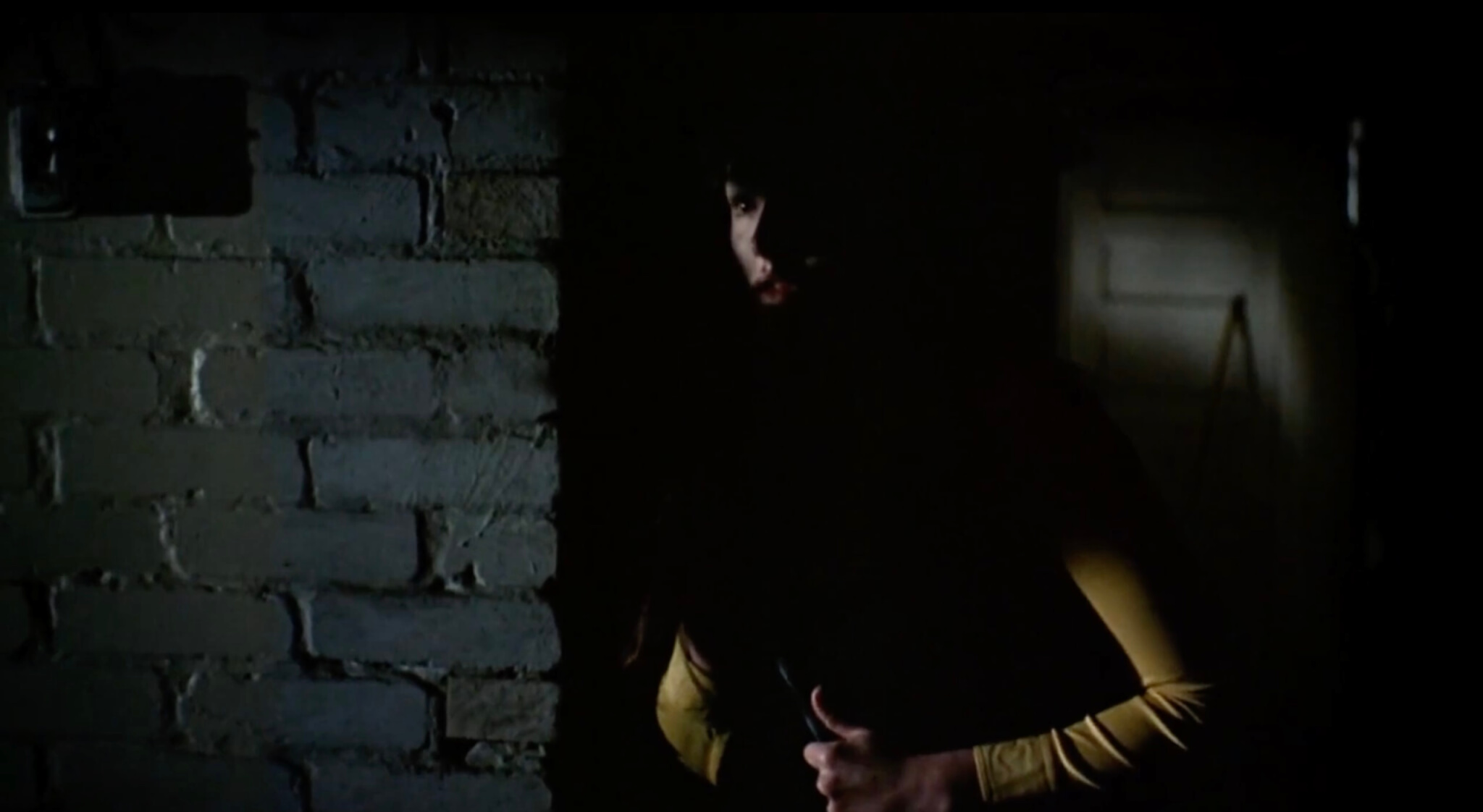
Jess’s basement showdown with Peter takes place under an impossibility of darkness. The absence of light becomes its own propulsion at what could otherwise become an absurd moment: Jess has already told the police that Peter can’t be their suspect, because he was with her during one of the phone calls. But by the time Peter breaks into the basement, we are meant to believe that Jess’s fight is indeed with Black Christmas’s hidden murderer, made visible and culpable at last.
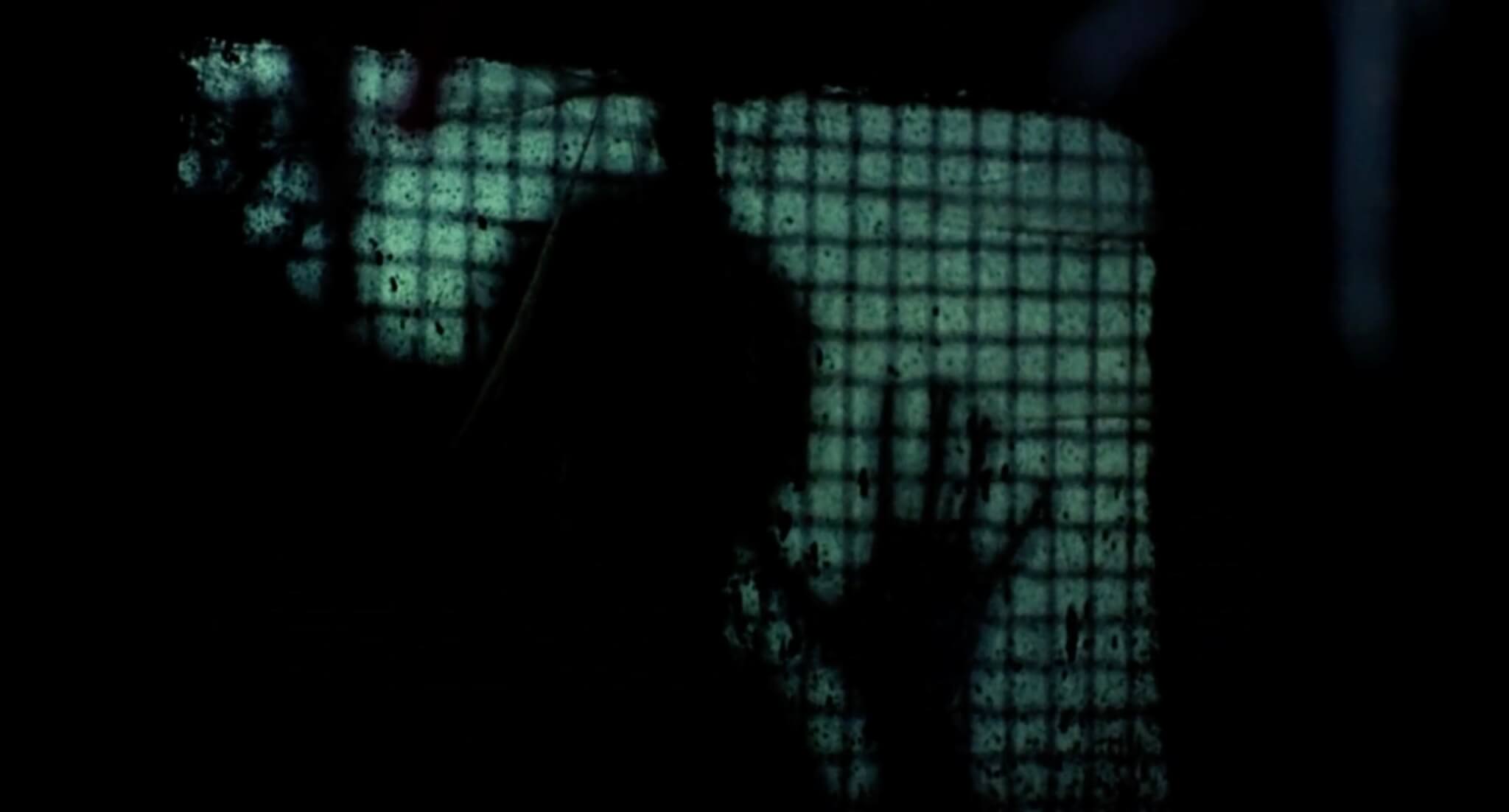
Peter’s introduction in this scene, another interplay of shadow and light, only casts more uncertainty on his motives. Maybe he’s only upset because Jess told him she intends to have an abortion. Maybe he’s only acting callously, and we, the audience, are casting unfair doubt upon him because we know the extent of the murderer’s crimes. A theatergoer in 1974, after all, would not have the benefit of skipping back to the scene with Peter and Jess and one of Billy’s obscene calls, to prove to himself that Jess wasn’t creating a false memory.
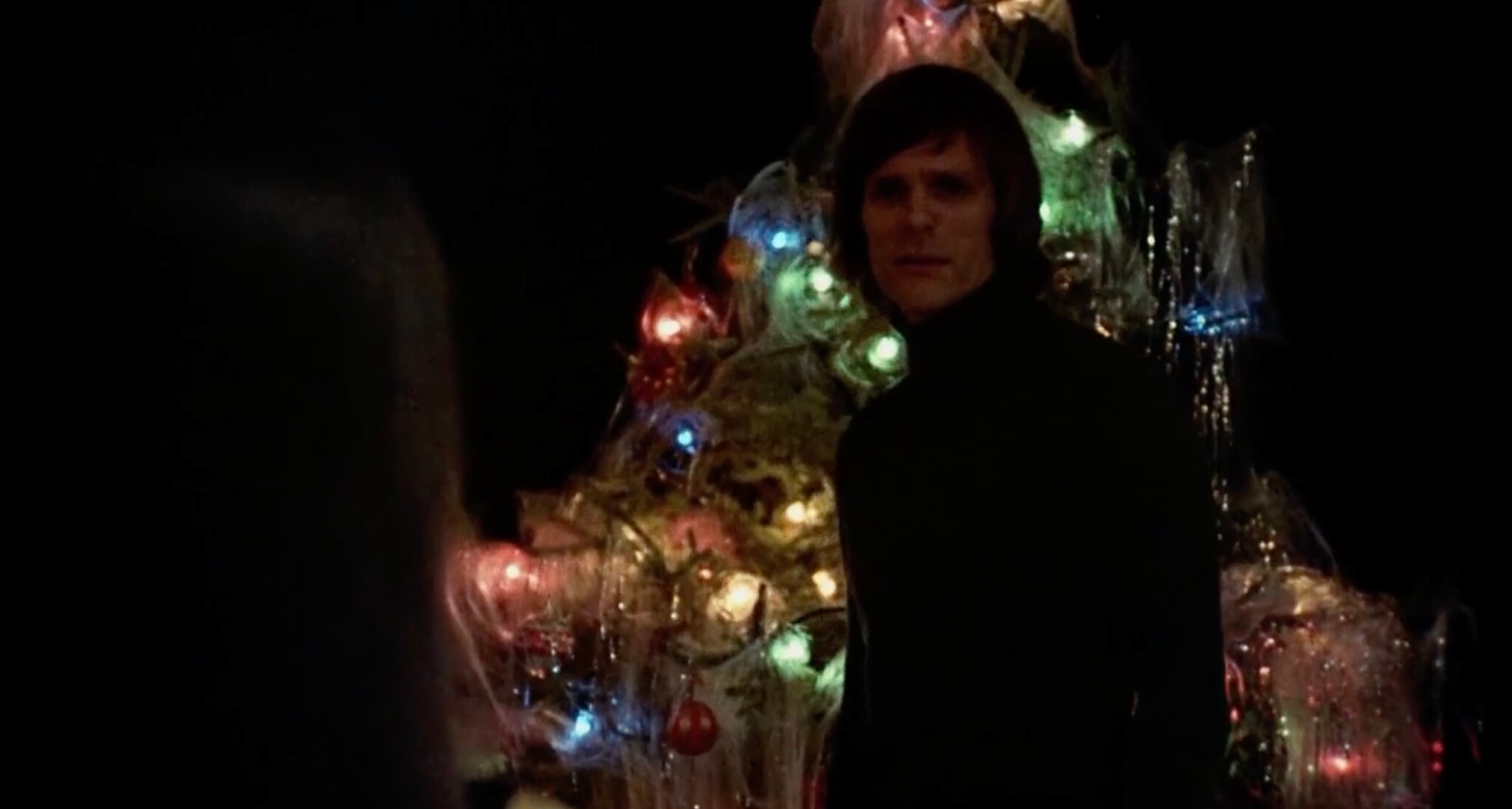
Or perhaps the image of Peter before the Christmas tree is emblazoned too deeply upon the mind. A turtleneck, a ridiculous item of clothing in any other circumstance, here shrouds Peter’s slinking figure in enough black that beneath his dark, shaggy hair he looks like an avenging apparition. His eyes are so shadowy and deep-set, no snowman could resist them. And the white-tinseled tree against which he stands in garish contrast becomes a Christmas vortex beyond which more spirits swirl, poised to possess anyone foolish enough to come too close.
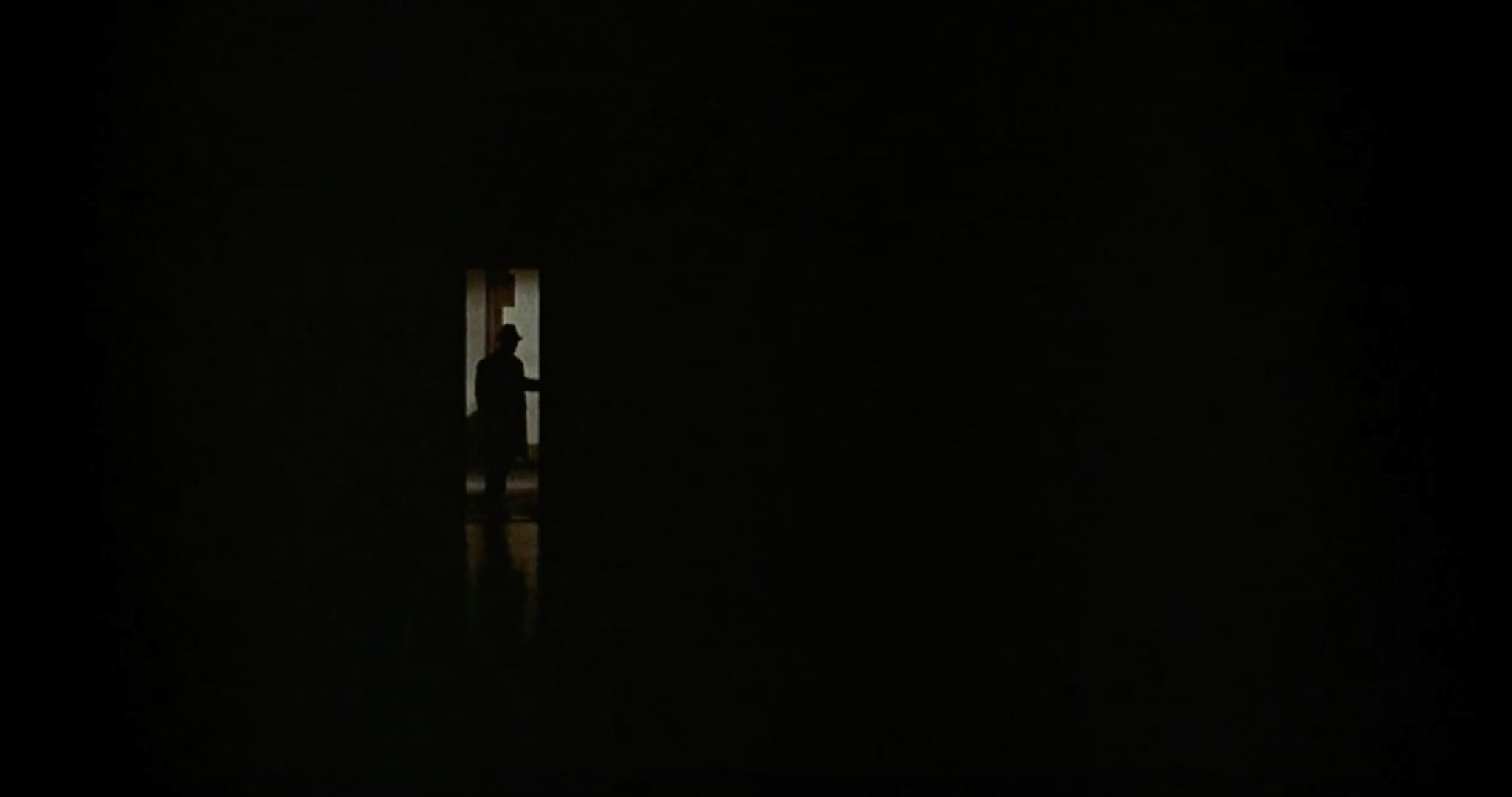
Or maybe that’s just the literal darkness talking. It’s impossible to overlook. More than any other movie I can name, holiday or otherwise, Black Christmas uses it in tandem with figurative absences to reinforce dual senses of vulnerability and foreboding. The detective in the doorway is about to flip the switch and show us a scene of destruction, albeit an innocuous one, one we’ve already seen. But we can’t be sure that that’s the piano Peter wrecked until he turns on the light. And without light, we, too, are suspended.
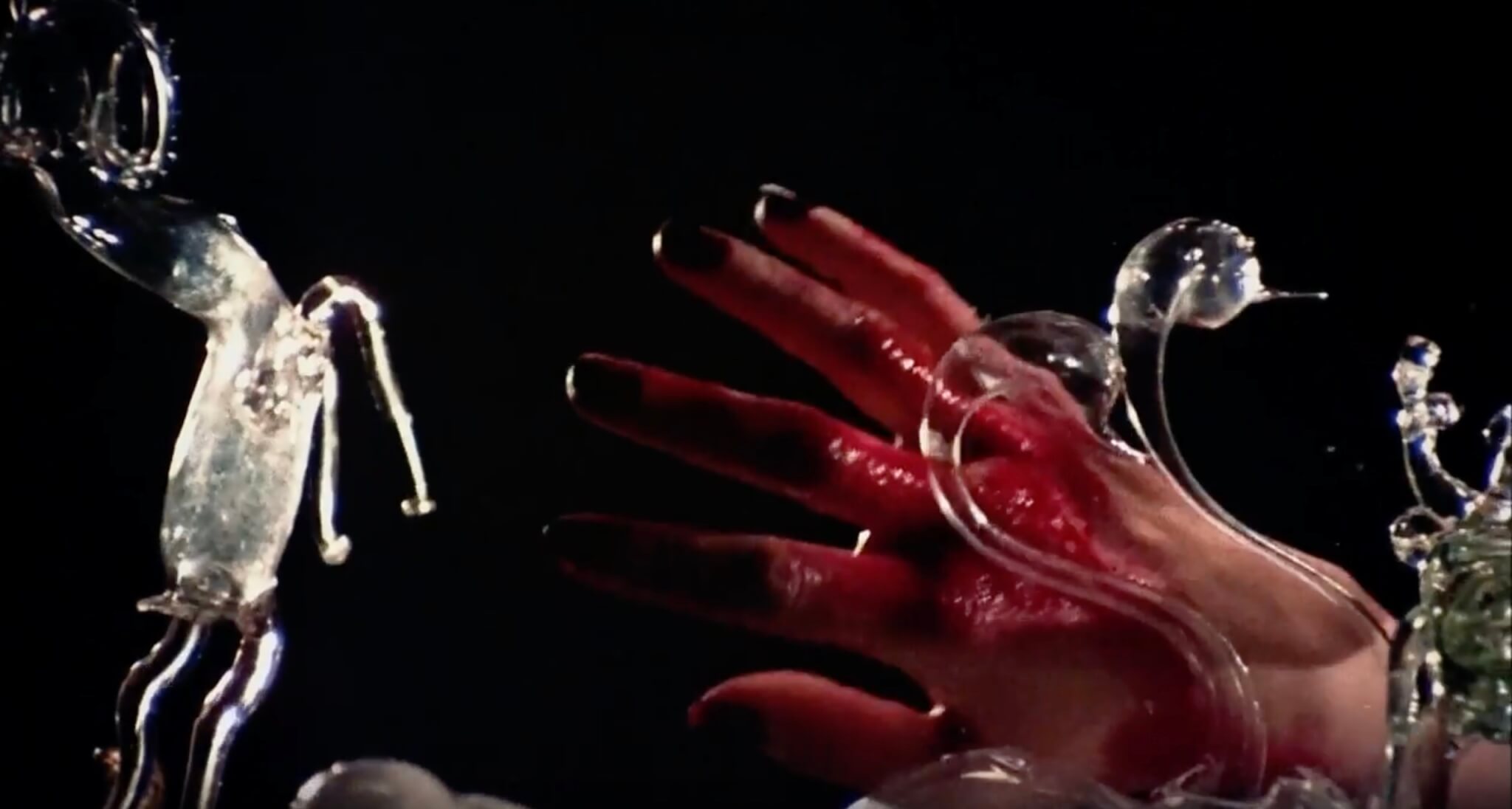
Barb is the only one of Billy’s three victims to be killed in the space most hers in the world: not just her bedroom but her bed. It’s an especially grim violation, given Barb’s unaddressed bisexuality, as recently eulogized by The Gist’s own Mary Beth McAndrews. Billy gains entrance to such a fixed, established space by crossing a threshold of shadow. Then, as she is attacked, Beth’s bloody hand reaches for the glass figurines from which Billy already stole a unicorn to kill her. It’s a painful contrast between her dying hand against the rest of the room obscured and the Billy’s impenetrable silhouette against the warm light of the decorated sorority house earlier in the film.
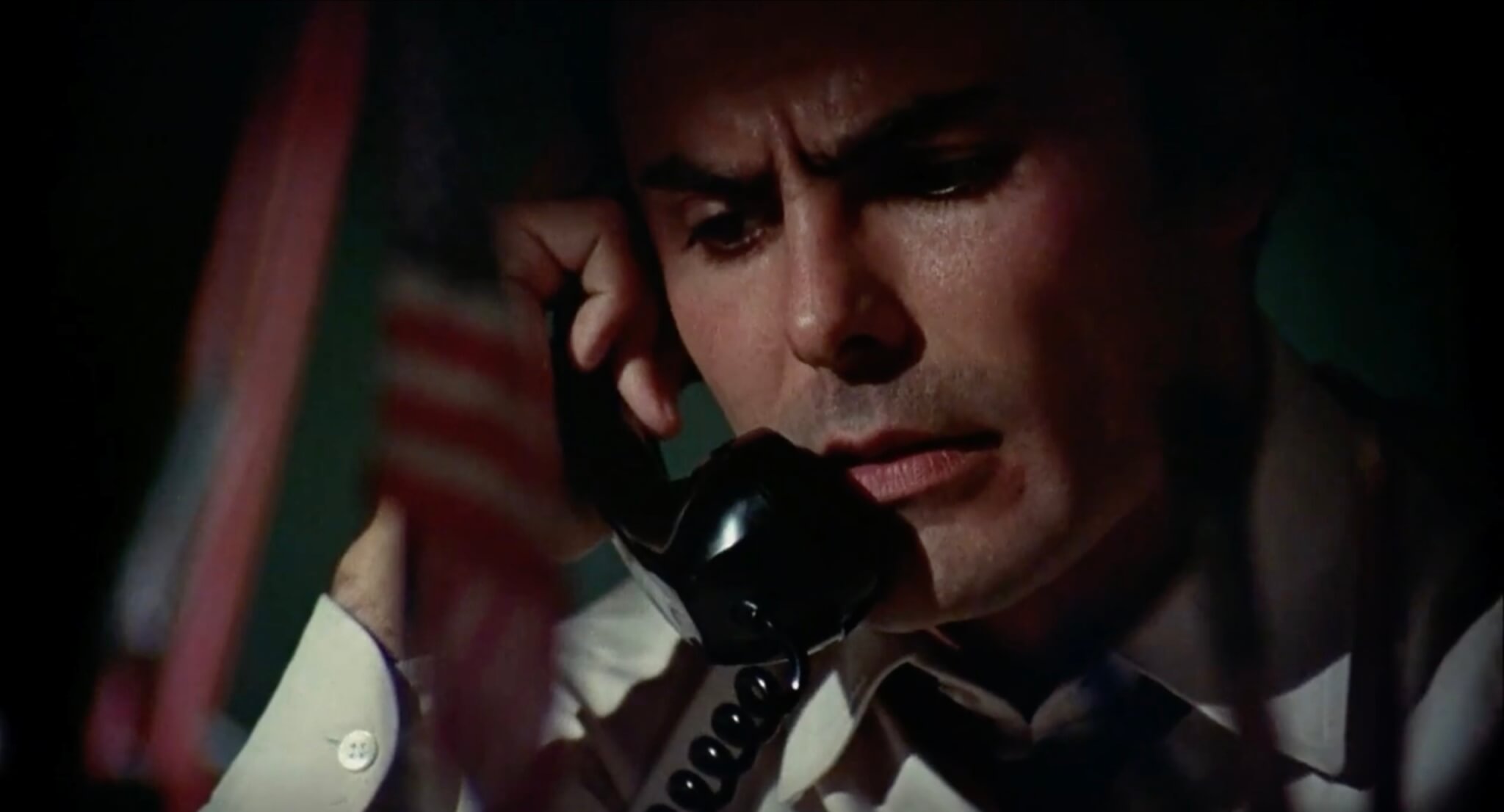
Seemingly helpful figures are rendered impotent by the creeping darkness. Shade frames every shot of Lieutenant Fuller, as though we’re watching through a memory, helpless to influence him. And the light shone on him calls draws our attention away from the obscurity at the margins. It reminds us, as silently as Billy’s ramblings roar, that all of Fuller’s efforts will be in vain.
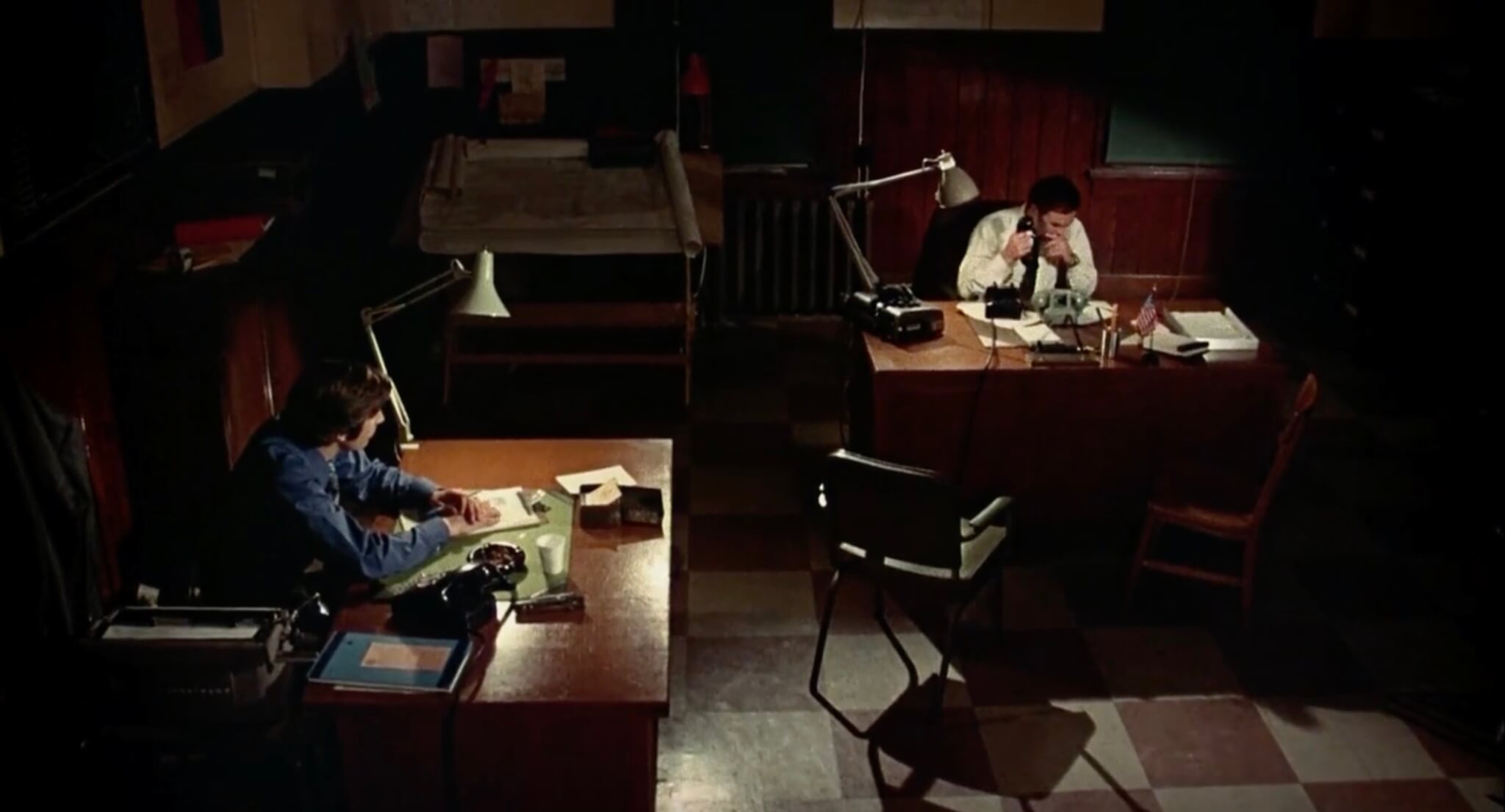
The shade is even more unsettling in wider shots. It emphasizes a tightness that borders on discomfort where we should feel a sense of settled calm. With a killer on the loose, what space could be safer than a police station? So why are we pressing inward against the unseen? Why do we feel the presence of something unseen in an open, purposefully sterile room like this, this place where order and blowjob jokes abound?
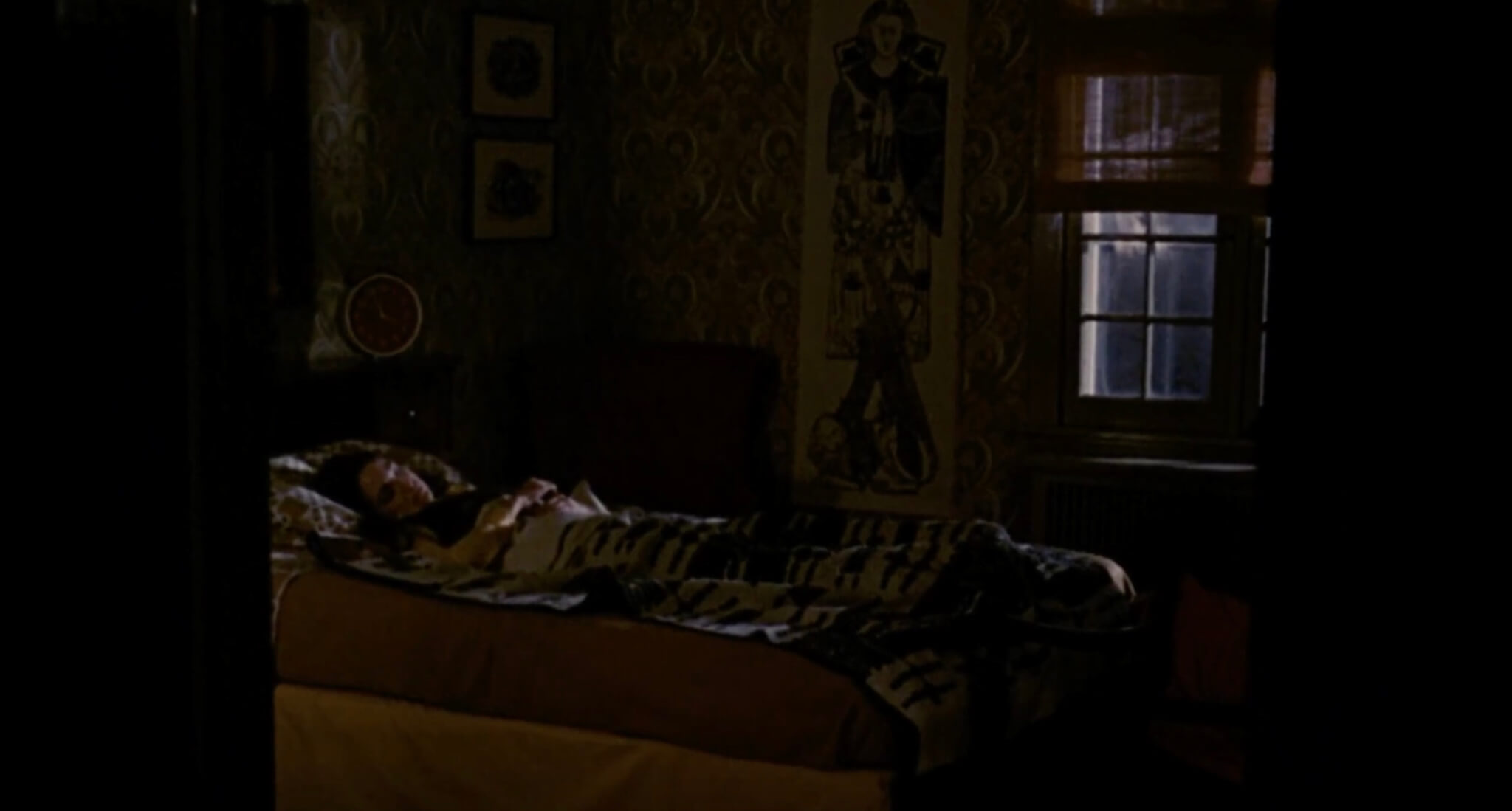
Which is precisely why the shot of Jess in her bed after Peter’s death, a shot that’s unbroken and longer than any other in the film — two minutes and 34 seconds long by my watch — tells us what we need to know well before panning away to the unexplored parts of the house with which we’re nonetheless very familiar. Just as Black Christmas has by now made us very familiar with the creeping terror of safe spaces. At the beginning of the shot, Jess is surrounded by police officers and others with an interest in her safety. But now that Peter is dead, we have the headspace and the emotional capacity to reconsider our earlier consideration of his innocence. If Peter wasn’t the killer, then Jess can’t be safe. So this isn’t a safe space. So then why are all the police officers leaving? Why are the interested others tending to a fainted Mr. Harrison instead of staying at Jess’s bedside? To watch the conscious people file out of the room, the safe room in the middle of the great old house all decked out in Christmas splendor, is to acknowledge the finality of death by your inability to influence it. It is shouting out in a dream: just conscious enough to make a noise; too far below sleep to be understood, and, thus, heard.

And so. There is a corpse in the attic window at the sorority house. To us, granted terrible proximity, it’s a scream so obvious that the first passerby to look up should have rendered the rest of Black Christmas moot. From the street, Clare could be just taking a break and staring out the window. She might be working with something in her hands. She could even be asleep. The very end of the year is a parade of finals and papers and parties and plans for more parties, and no wonder she’s so tired. Billy’s first victim becomes the undigested bit of beef, the blob of mustard that Scrooge presumes when visited by Marley’s ghost. It isn’t always easy to believe your eyes.
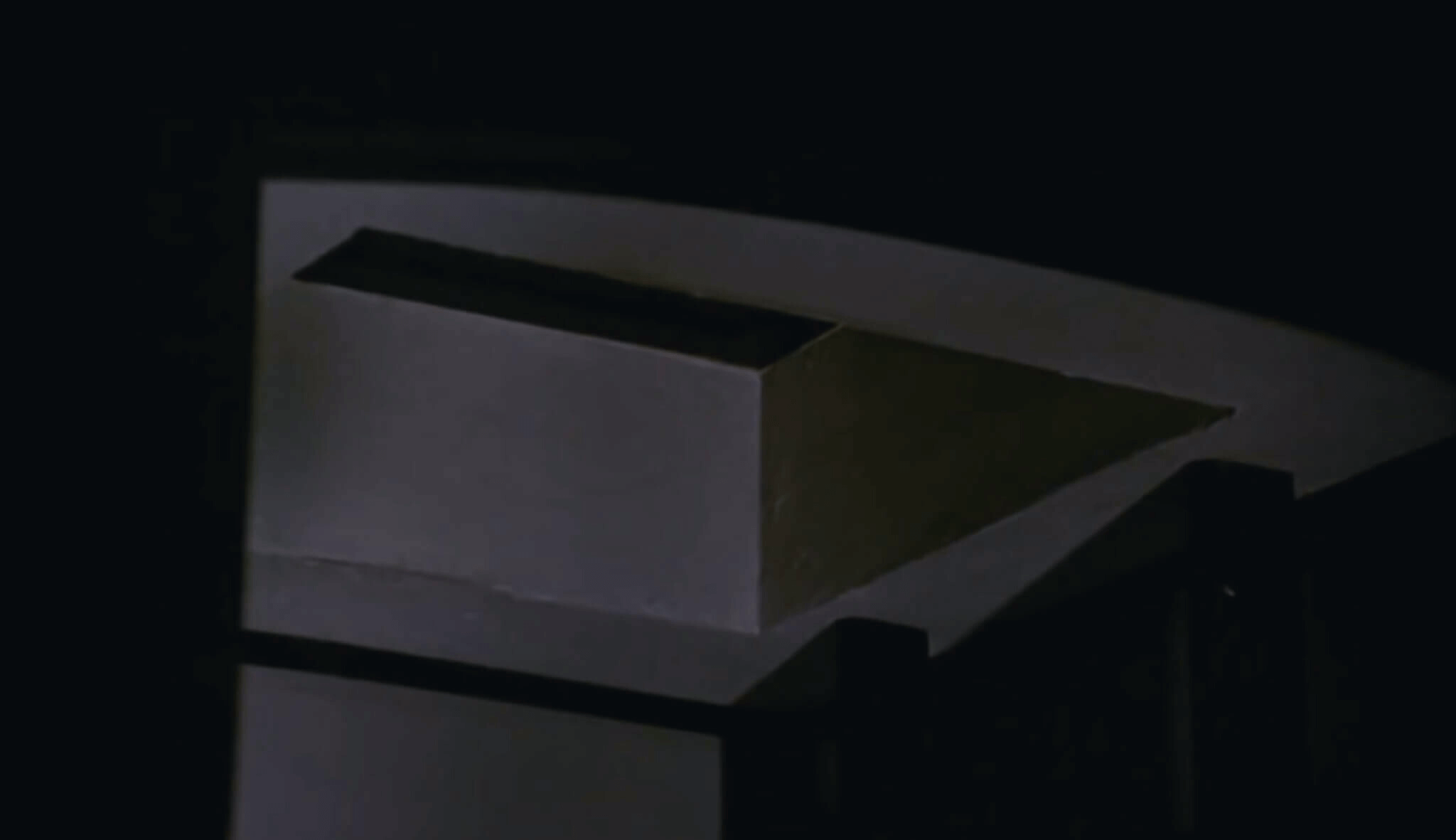
The final interior shot that Black Christmas gives us is of the open attic door in the ceiling, the space through which Billy has by now crawled dozens of times though we’ve never seen him do it. No one has seen him do it. Only one character ever thought to check the attic, and poor drunken Mrs. Mac became Billy’s second victim for her trouble. The police never explore the rest of the house; if we’re charitable, it’s because they can do so at their leisure, now that the killer’s spree is over, thank god. The shot is at once the culmination of Black Christmas’s use of negative space and still another unaccepted invitation to examine something ignored. It’s not a clue until it commands attention.
Black Christmas
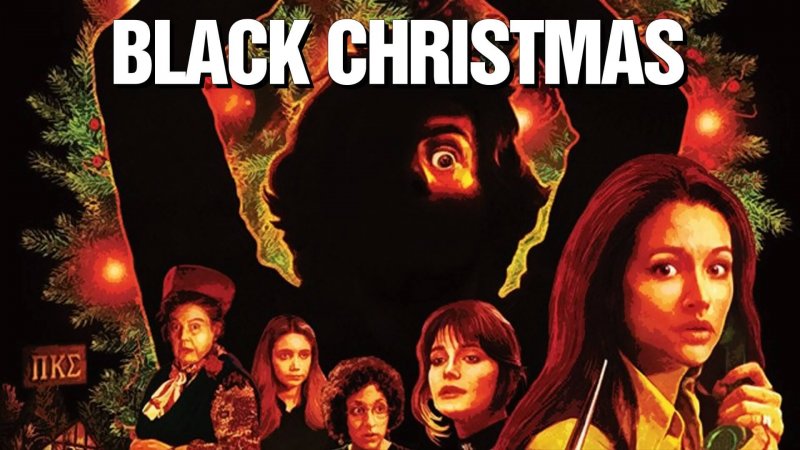
...
More on Plex:
Prom Night
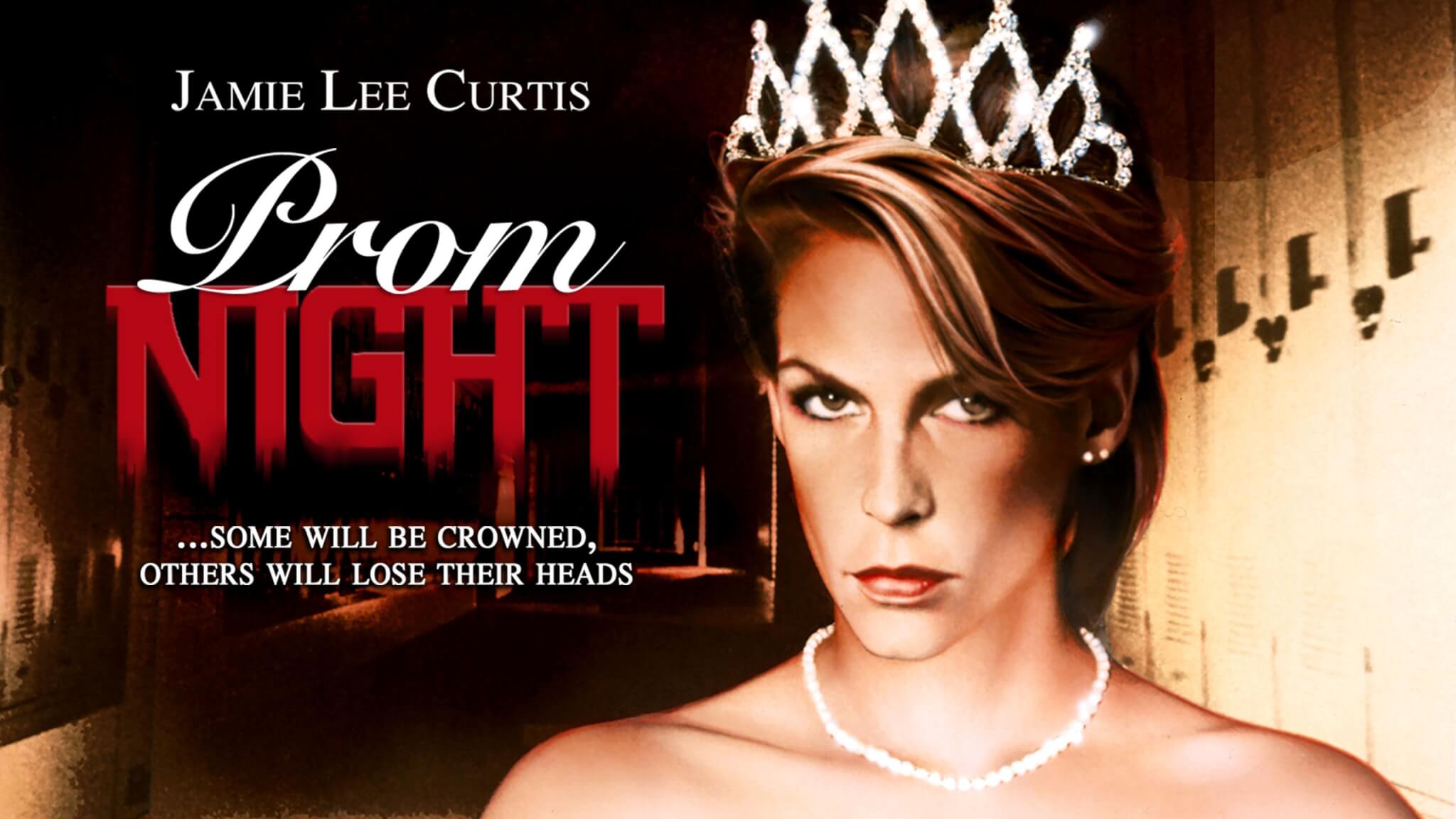
...




